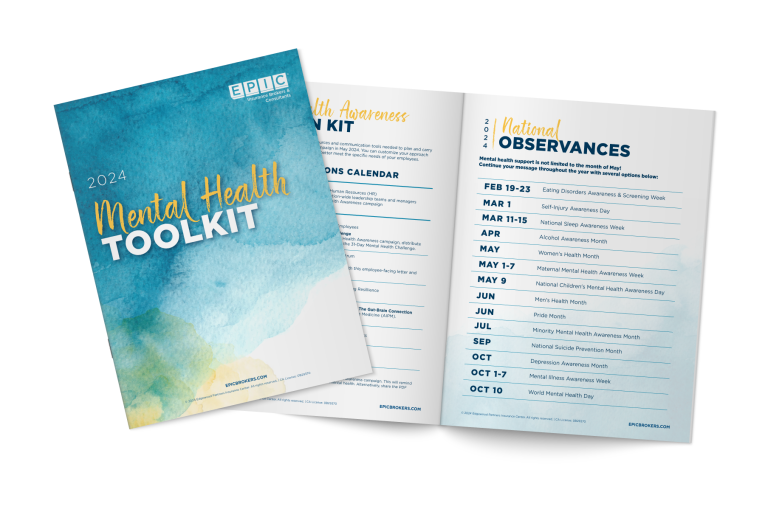Viewpoints from Craig Hasday
The healthcare market is settling into pre-pandemic patterns.
General inflation spiked in mid-2022 and is now decreasing, however, healthcare costs are still tracking in the five to seven percent range. This is consistent with pre-pandemic levels. Stop-loss premiums, affected by mega-claim incidence, are expected to increase to 20%. Dental costs remain steady at a three to five percent trend rate.
The entities that bear risk, including self-insured employers and insurance carriers, are watching emerging large claim activity closely. Cost variability depends upon big-ticket expenditures such as costs for the treatment of cancer, kidney disease and musculoskeletal conditions. And the pipeline for cell and gene drugs with seven-figure price tags is robust, with strategies for managing these costs coming to light. Pandemic resurgence is potentially worrisome, although lessening as a concern.
There is a great deal of disruption in the marketplace as non-traditional players are beginning to impact major insurers.
The BUCAs (Blue Cross [i.e. Elevance Health, formerly known as Anthem], UnitedHealthcare, Cigna and Aetna) have all entered the pharmacy marketplace. Pharmacy revenue has provided growth in a tightening arena for pure insurance profits. This has led to diversification into other revenue categories, such as direct ownership of providers.
UnitedHealthcare led the pack on alternative revenue sources with its Optum subsidiary. Cigna is similarly relying on Evernorth Health Services to augment profits from traditional health insurance. Elevance/Anthem, in its most recent quarterly report, joined this trend by adding revenue from its Carelon Health Services affiliate. Aetna has taken this even further, becoming a subsidiary of CVS, which owns the Caremark pharmacy benefit manager (PBM), CVS HealthHUBs and MinuteClinics, and other health services.
Governments are addressing affordability by mandating transparency in hospital and PBM price disclosures.
Increasingly effective transparency tools will surely exert pressure on profitability margins. Condition-specific solutions are also being introduced to find better ways to tame costs. Employers, seeking to reduce costs, are opting for alternative programs such as self-insurance, captive programs and PEOs (professional employer organizations).
Another area of concern for employers is the cost of absence management.
States are introducing new programs mandating paid family leave and other sick-leave regulations. Workplaces continue to address work-life balance issues with sensitivity to post-pandemic employment conditions evolving in favor of more leniency – and Human Resources departments are feeling the stress of these multi-faceted programs. On February 23, EPIC will host our Benefits Curve: Insights to Action webinar, one in a series of hot topics, highlighting this emerging expense along with effective solutions for managing these costs.
Today’s employee benefits environment is complex and volatile. You need a benefits advisor that is steady and vigilant. EPIC stands ready to assist.
EPIC offers these opinions for general information only. EPIC does not intend this material to be, nor may any person receiving this information construe or rely on this material as, tax or legal advice. The matters addressed in this article and any related discussions or correspondence should be reviewed and discussed with legal counsel prior to acting or relying on these materials.
Related Content
Products
Employee Benefits Consulting
Our dedicated EPIC benefits team is focused on delivering better outcomes – to both your benefits program ...
Products
Pharmacy Solutions
Our pharmacy experts work with the health and welfare teams to deliver certainty and direction for your ...
Products
Compliance
Our expert Compliance team provides comprehensive consulting services and in-depth education regarding the ...



